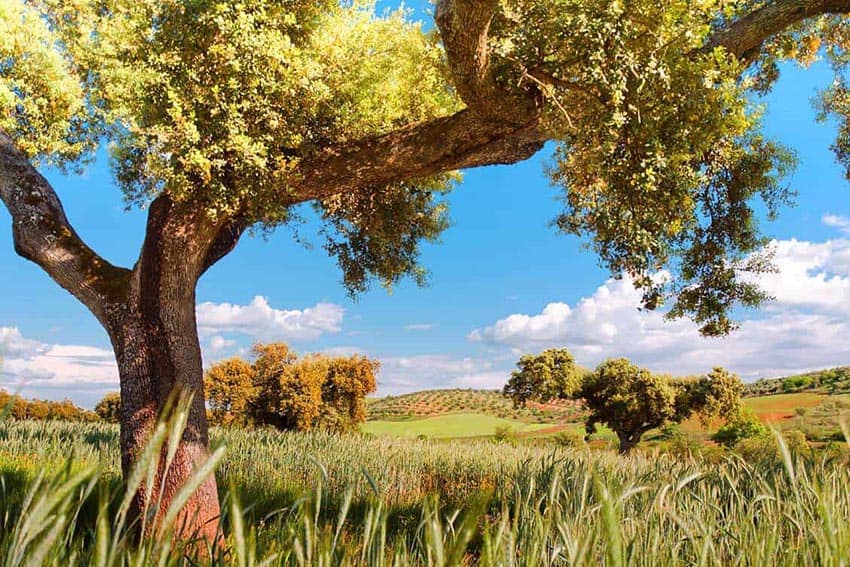
In Extremadura, Spain, There is So Much to Savor
By Richard Frisbie

This was my first visit to the orchards that terrace up the slopes above the Jerte Valley in Extremadura to pick the ripest of Spain’s famous cherry crop.
I could reach all the dwarf trees’ branches – especially those hanging low with the weight of luscious red fruit.
The cool of the night left one side of the fruit chilled while the other, freshly warmed by the morning sun, was hot and bursting with goodness.
Totally Cherry!
Popping one into my mouth, I spit out the pit and chewed, letting the juices roll luxuriously over my tongue, the different elements combining into the most dynamic fusion of flavors – totally cherry!
After that, tasting the other incarnations of local cherry dishes (cherry jam, cherry chutney, cherry gazpacho, and cherry pie) always brought me back to that first taste of heaven.
Welcome to Extremadura, Spain’s Pantry
Such was my welcome to the region of Extremadura, also called Spain’s Pantry, for a Farm-to-Table experience that made the over-used expression relevant again.
Everything the region is known for – cherries, paprika, cheese, wine and jamon (ham) was on the agenda, and soon to be on the table – of this culinary dream trip.

Spain’s Extremadura region hugs the country’s western border with Portugal.
It slopes from mountains down to the rolling, tree-dotted fields called Dehesa, where the famed Jamon Iberico Bellota or acorn-fed, black-hoofed pigs live.
| So You Think You Can Cut Ham? |
On a short hike there I encountered a sounder of swine, in this case, a herd of 300 free-range pigs.
They were in their natural setting: a mix of wild holm and cork oak trees providing acorns and shade, and meadows with grasses and wildflowers to add to their diet.
Five Acres Per Pig
Each pig needs at least five acres to forage because they must consume at least 20 pounds of acorns a day for each pound they gain! They’ll spend at least four months on this diet doubling their weight to 350 pounds before they are ready to butcher.
There are uses for the whole pig, from snout to tail, but the hams are the most valuable and desirable. They are shaped, salted and air-dried until what is known as the finest ham in the world is ready for sale.
The whole process can take as long as five years! Basically, there are three styles of Jamon – serrano, iberico, and iberico bellota.

Serrano is made from any breed of pig in Spain. Iberico refers to cured hams of the Iberico breed, but not necessarily fed on acorns.
Iberico bellota are cured hams of the Iberico pig fed on acorns.

Designated Origin
A PDO is a Protected Designation of Origin, sometimes called a DOC, meaning specific criteria must be met to use that designation. Sources, aging, processing, and appearance are all controlled.
The PDO here is called ‘Dehesa de Extremadura’ and it only certifies 100% Iberian pigs or at least 75% of the Iberian breed.
This is true for cheeses, hams, olive oil, breeds of animals and other agricultural products. Only when a product meets the strict criteria of a PDO can it be sold under that name.

The Extremadura region is the main producer of arguably the best jamon in Spain. The result is a ham marbled with monounsaturated fat that is good for you, like olive oil.
Served Thin
It is generally served in thin bite-sized pieces artfully arranged on a platter.
When I tasted it, each slice melted on my tongue, the incomparable flavors convincing me that feeding pigs the acorns rich in oleic acid are worth it.
Chewing the paper-thin slice released an umami combination of nutty, sweet goodness with the mouthfeel of rich olive oil – delicious!
While searching the Dehesa for the pigs I saw thistles growing wild. They are used to make the vegetable rennet for Extremadura’s premier sheep’s milk cheese, Torta del Casar.
Normally rennet is obtained from the stomach lining of unweaned calves or lambs.
Using the Thistles
Using the thistles means the cheese is suitable for vegetarians. It is said that a shepherd accidentally discovered this process when thistles got into his milk. The result was a soft sheep’s milk cheese, creamy and rich, which today is served in small, rind-covered rounds with the top cut off so you can dip things into it. Farm to table in Extremadura brings out these important details.
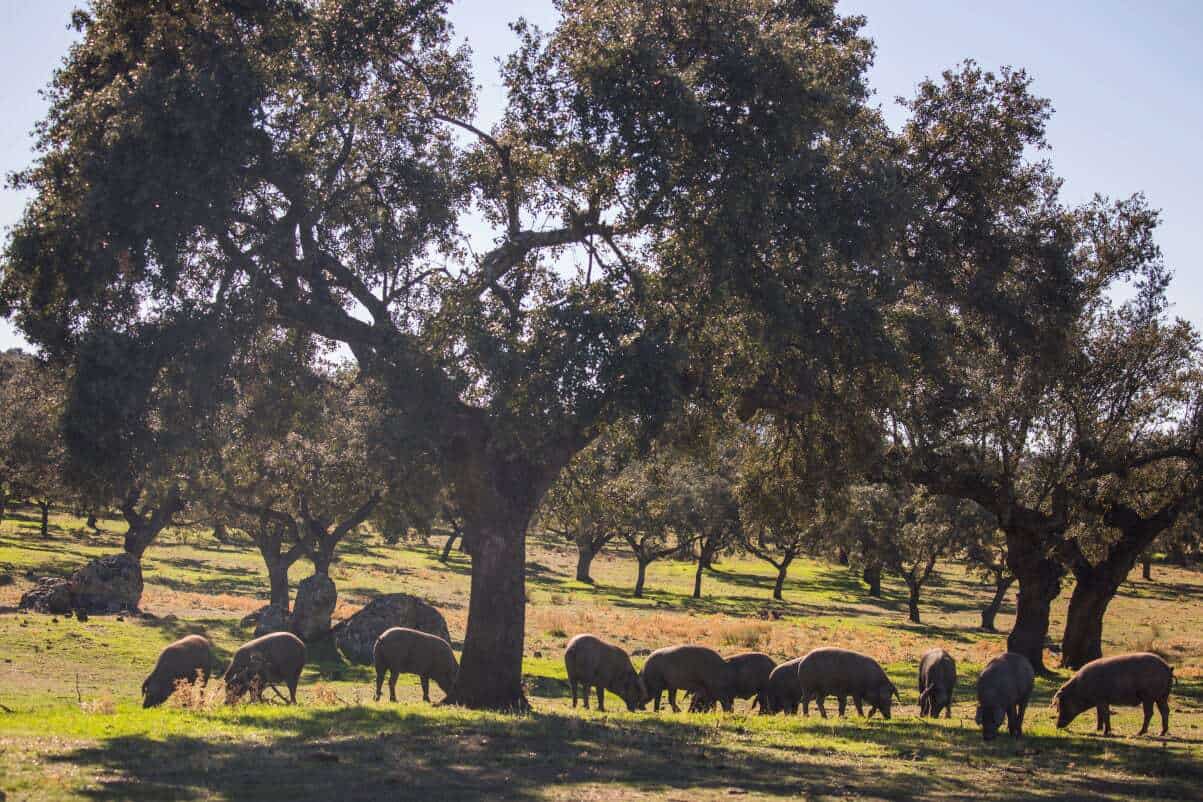
It has a pungent aroma, some would say foul smell and a slightly bitter aftertaste that is moderated with foods and styles of serving. I like it with bread or as a vegetable dip, but it is also good breaded and deep-fried.
Pimenton, the powdered result of grinding red peppers which we call paprika, is another distinctive product of Extremadura. It is an ingredient in nearly all of Spain’s traditional dishes.
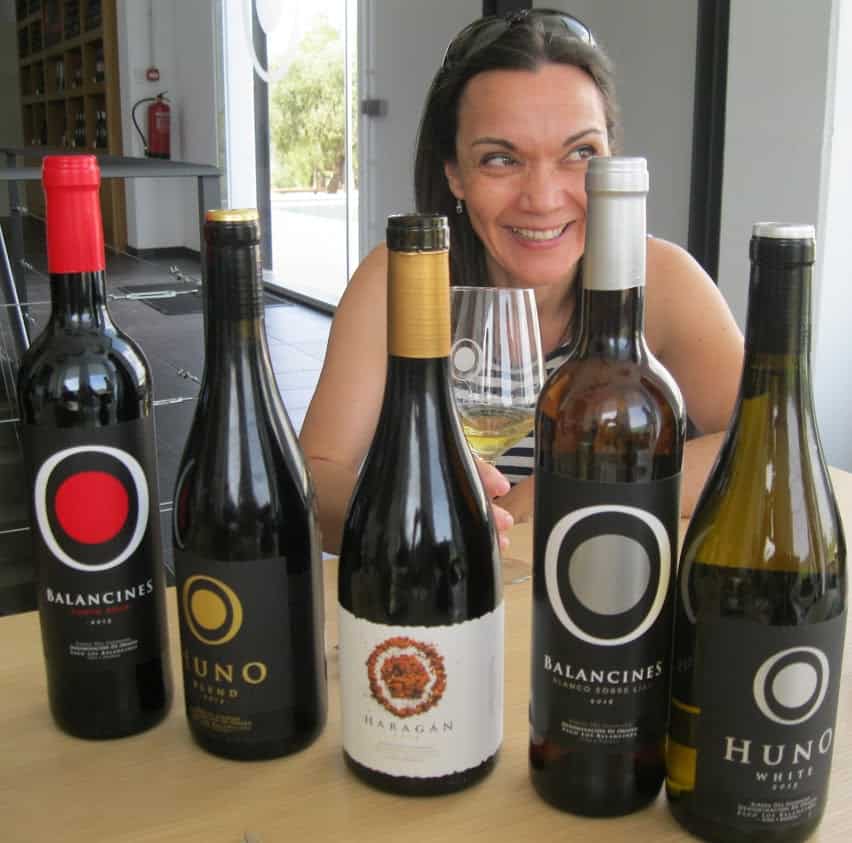

I visited Alica Lopez’s Las Hermanas, Pimenton De La Vera, Spain’s only pimenton production facility owned by a woman, in Cuacos de Yuste.
A Paprika Tour
They have tours of their facility which is filled with local red peppers at harvest time. First, the peppers are dried over an oak fire before being finely ground.
This paprika adds a smoky depth to cheese, stews, and soups while lending a little bit of heat. I even use it to flavor an olive oil that is excellent for seafood.
Pairing with Local Wines
Each of these ingredients, and sometimes a combination of them, are featured in the regional dishes of Extremadura.
Then those are paired with the lush red and refreshing white wines of the region to create the freshest dining experiences.
Extremadura as a whole is one of Spain’s main wine-producing regions. Visitors can follow the Ribera del Guadiana Wine Route or visit most of the individual bodegas (wineries) for a sampling of some of Spain’s finest wines.
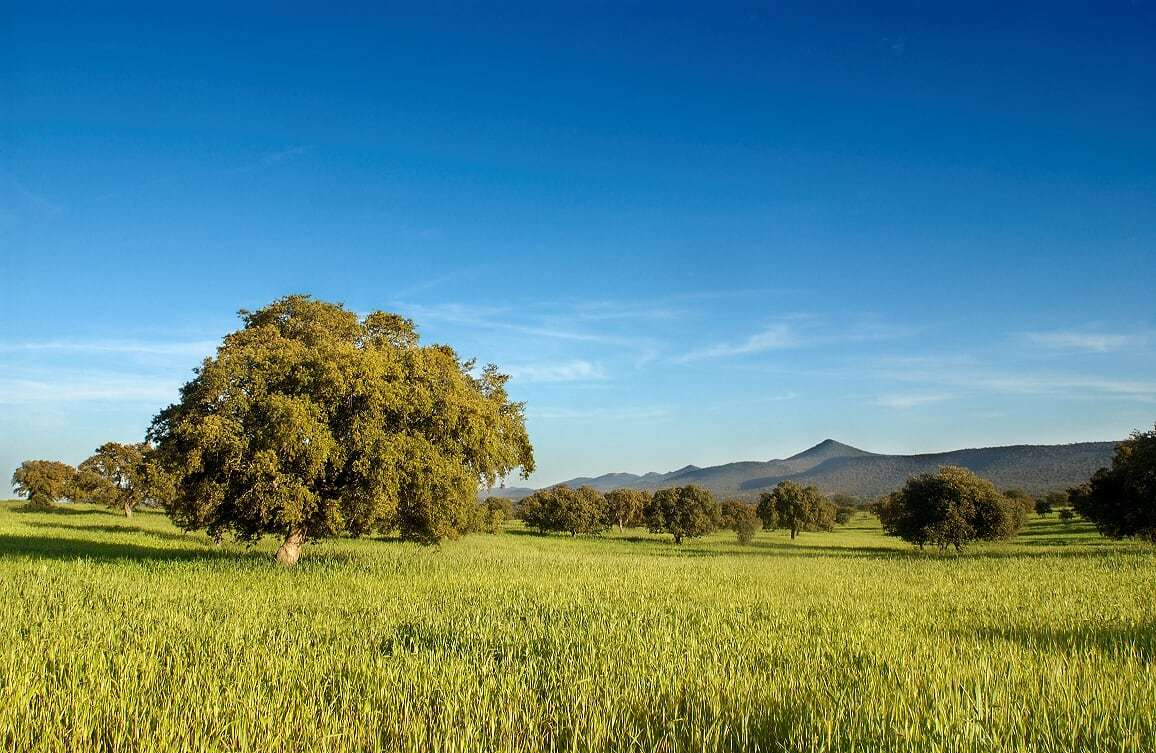
Because of Extremadura’s rich culinary history and tradition, it is easy to forget the centuries of Roman and pre-Roman activity that forged this region. Extremadura has the best-preserved Roman theater, extensive Roman roads and aqueducts, the longest surviving Roman bridge, and many UNESCO World Heritage sites – including perfectly preserved walled villages complete with towers and castles!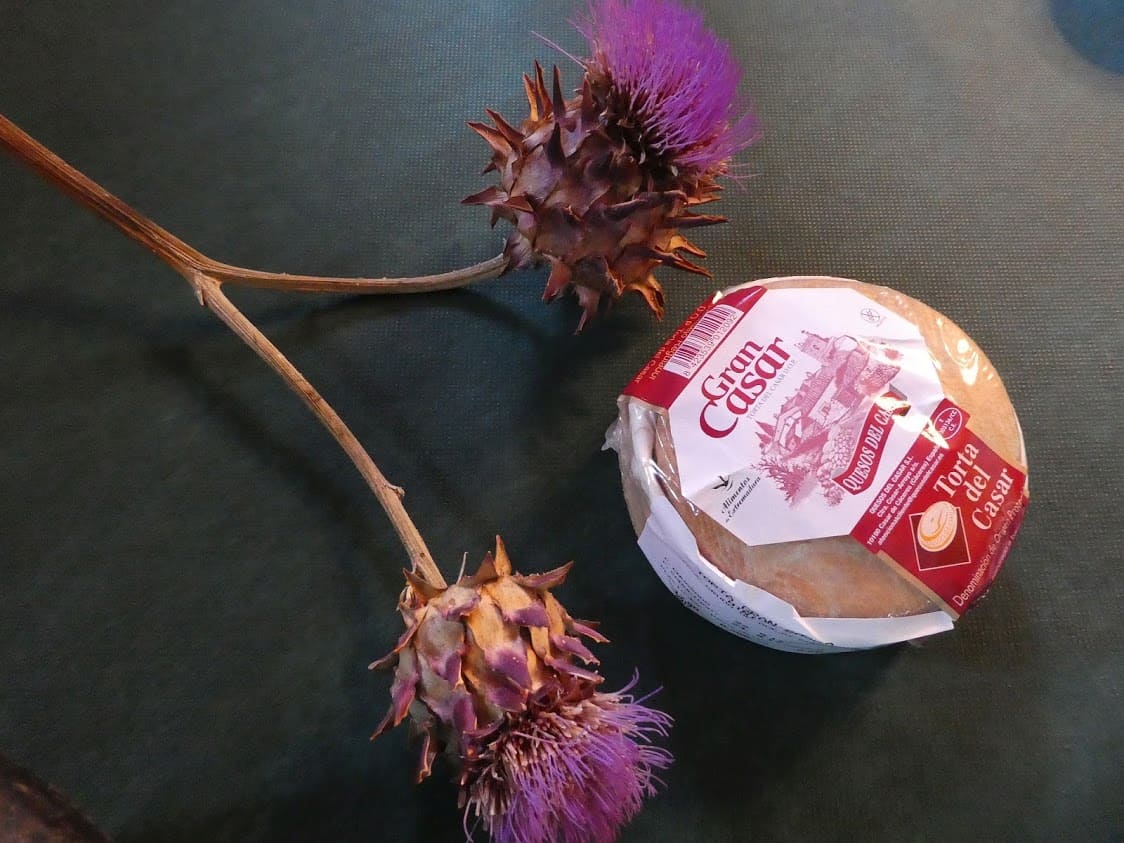
Torta del Casar in Extremadura.So between farm and factory tours, and all those delicious meals from the bounty that is Extremadura, the cultural, archeological and historical elements of this diverse region also beckon the inquisitive traveler.
In all these products (cherries, paprika, cheese, wine, and Iberian ham) it is possible to visit the producers and know their origin.
Many companies in the region are ready to receive tourists. Please visit Extremadura Tourism to see a full list of culinary opportunities.
This story was sponsored by Extremadura Tourism, but the opinions expressed are the author’s own.

Chef, publisher, gardener, and culinary travel writer Richard Frisbie combines his passions for food, wine, and travel with his curiosity about other cultures. A recognized expert on Spain and its culinary traditions, Richard travels extensively throughout the country to bring his readers the last word on Spanish food and wine.
Eurail Passes: What to Know about Buying a Europe Train Pass
- Saudi Arabia Might Be Your Next Getaway Spot - April 23, 2024
- Mongolia, the Land of Eternal Blue Sky - April 20, 2024
- These 9 U.S. National Parks Require Reservations in 2024 - April 17, 2024



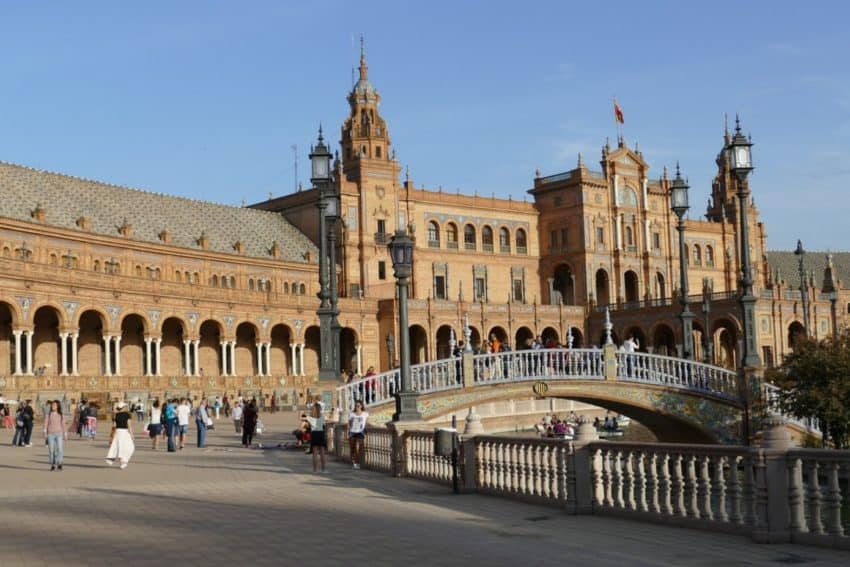
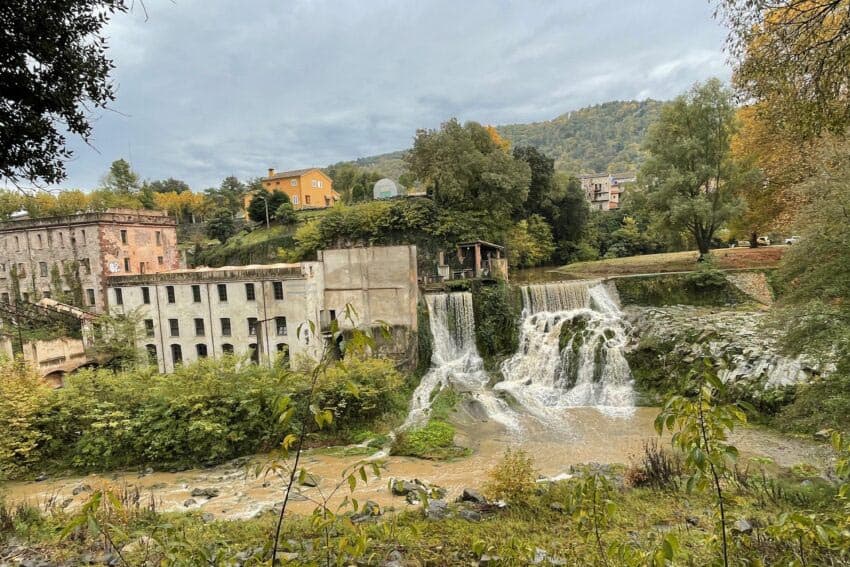
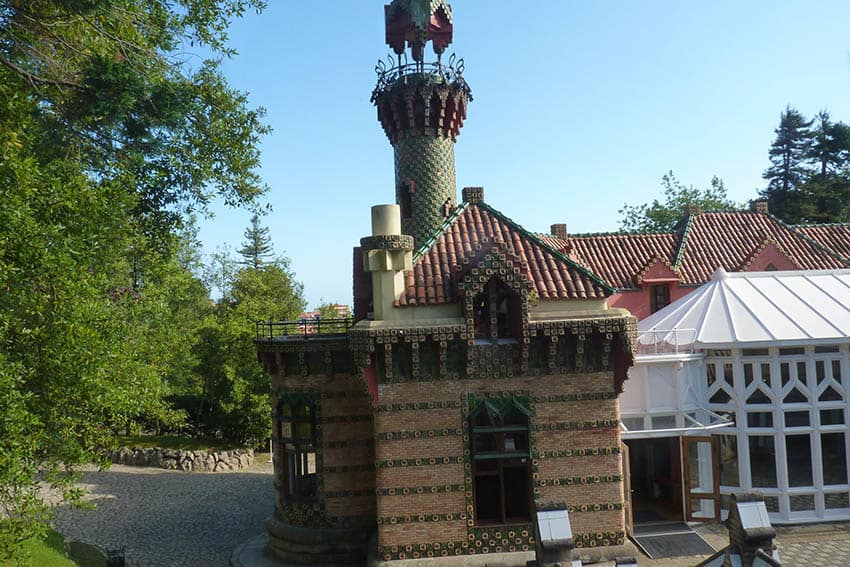
I live in this region and this is a pretty accurate description of it – however you somehow missed Almoharín, European fig capital, where they make figs stuffed with chocolate and other fig goodies… soooo good!